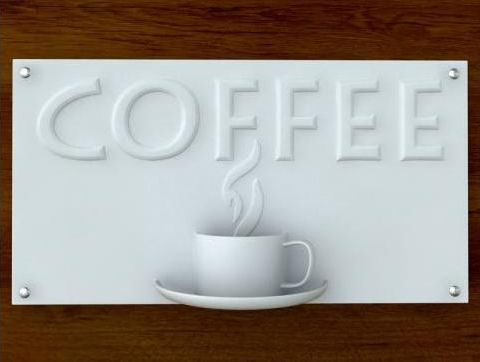How Will 3-D Printing Impact POP?
New Technology an Option for In-store Prototypes
3-D printing, a technology that forms physical objects from a digital rendering by printing in layers, is quickly gaining popular momentum in the manufacturing and consumer products worlds. By eliminating the need for engineering, tooling, grinding or drilling used in traditional manufacturing, 3-D printing enables manufactures to fully automate the process of transforming their digital designs into actual objects. It is even enabling consumers to become “armchair” manufacturers:
MakerBot, a leading 3-D printing company, recently opened up their first retail location in downtown Manhattan, where customers can custom-design and have produced 3-D printed knickknacks like watch bands and other small plastic objects.
The technology is still in its infancy. Nonetheless, it could lead to major innovations in the way retailers approach store design. In the short run, 3-D printing technology will enable retailers to obtain prototypes of fixtures, displays and other three-dimensional display elements faster and, in some cases, at a lower cost. The automation of 3-D printing will reduce if not eliminate the need for expensive tooling and labor-intensive set-up. Prototypes will not necessarily consist of the same materials that would be used for the final display. Nonetheless, 3-D printing will enable retailers to see a scale or actual-size model of the industrial designer’s rendering much faster than current prototyping methodologies.

In the long run, 3-D printing may drive more innovation in store décor by making the production of store-specific product displays and fixtures more cost-effective. Currently, most multi-site operators cannot afford to tailor merchandise displays, menu systems or 3-D design elements such as category identifiers to the individual needs of each store. Providing special fixtures for merchandise that may only be available in a limited number of stores leads to excessive costs and can create execution challenges for store associates who are unfamiliar with the special displays. As 3-D printing advances, however, merchandisers will be able to design and produce one-off fixtures that satisfy the requirements of specialty merchandise. Merchandisers may even have the opportunity to involve store employees in the design changes.
3-D printing has come a long way over the years. With the consumer industry embracing it for ”personalized” industrial design and with new industries such as aerospace and medical device manufacturers leveraging it for faster prototyping, retailers will soon find that 3-D printing is a viable technology for exploring new in-store design ideas.
Images courtesy of MakerBot and Shapeways